FAB Framework
The FAB Framework is an automation tool that assists users in crafting sales statements based on the Feature-Advantage-Benefit model, tailored to their product or service.
Overview
Created by Jacky Koh, the FAB Framework is designed to streamline the process of generating compelling sales statements. It utilizes a large language model, specifically a version of OpenAI's GPT-3.5, to analyze the user's input about a product or service and transform it into a structured sales pitch. The tool requires inputs such as the product name, a detailed description, and the desired tone of voice. These inputs are then fed into a structured prompt that guides the language model to produce output that aligns with the FAB sales framework, emphasizing the product's features, advantages, and benefits in a clear and persuasive manner.
Use cases
The FAB Framework can be used by sales teams to quickly generate pitches for new products, by marketers to create content for campaigns, or by entrepreneurs who need to articulate the value of their offerings to investors. It's particularly useful for those who need to frequently update their sales materials to reflect new features or target different audiences, as the tool can adapt to various tones and messaging requirements.
Benefits
The primary benefit of the FAB Framework is its ability to distill complex product features into clear and concise sales statements that resonate with potential customers. By leveraging advanced language modeling, the tool ensures that the resulting statements are not only well-structured but also tailored to the desired tone of voice, enhancing their effectiveness. This automation saves time and effort for sales and marketing professionals, allowing them to focus on other strategic tasks while maintaining a high standard of communication.
How it works
The FAB Framework operates through a single transformation step that employs a large language model to process the user's inputs. The user provides the product name, a comprehensive description, and selects a tone of voice. The tool then constructs a prompt that incorporates these elements and instructs the language model to generate sales statements in the FAB format. The model's output is deterministic, ensuring consistency in the sales statements it produces. The final output is a sales statement that is structured with capitalized dot points, highlighting the key selling points of the product or service.
Featured Templates
Templates

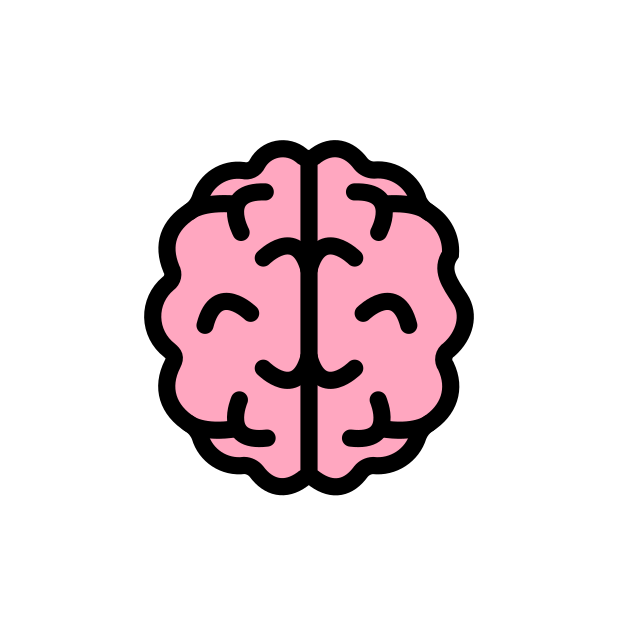


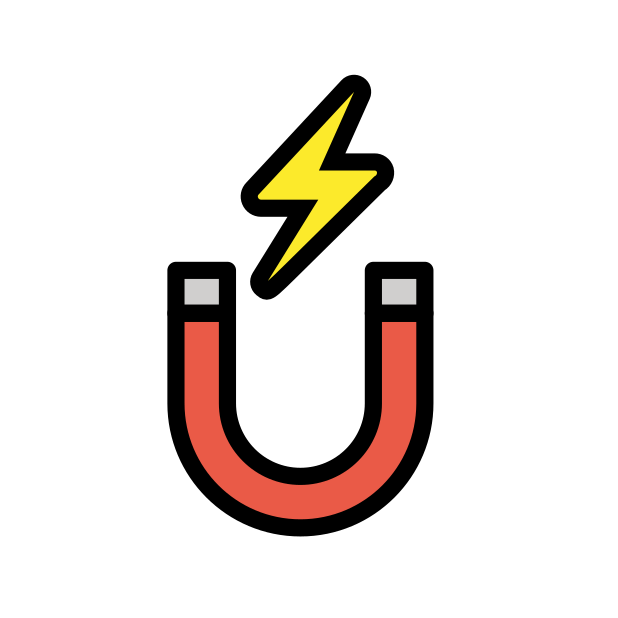





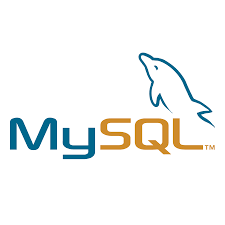
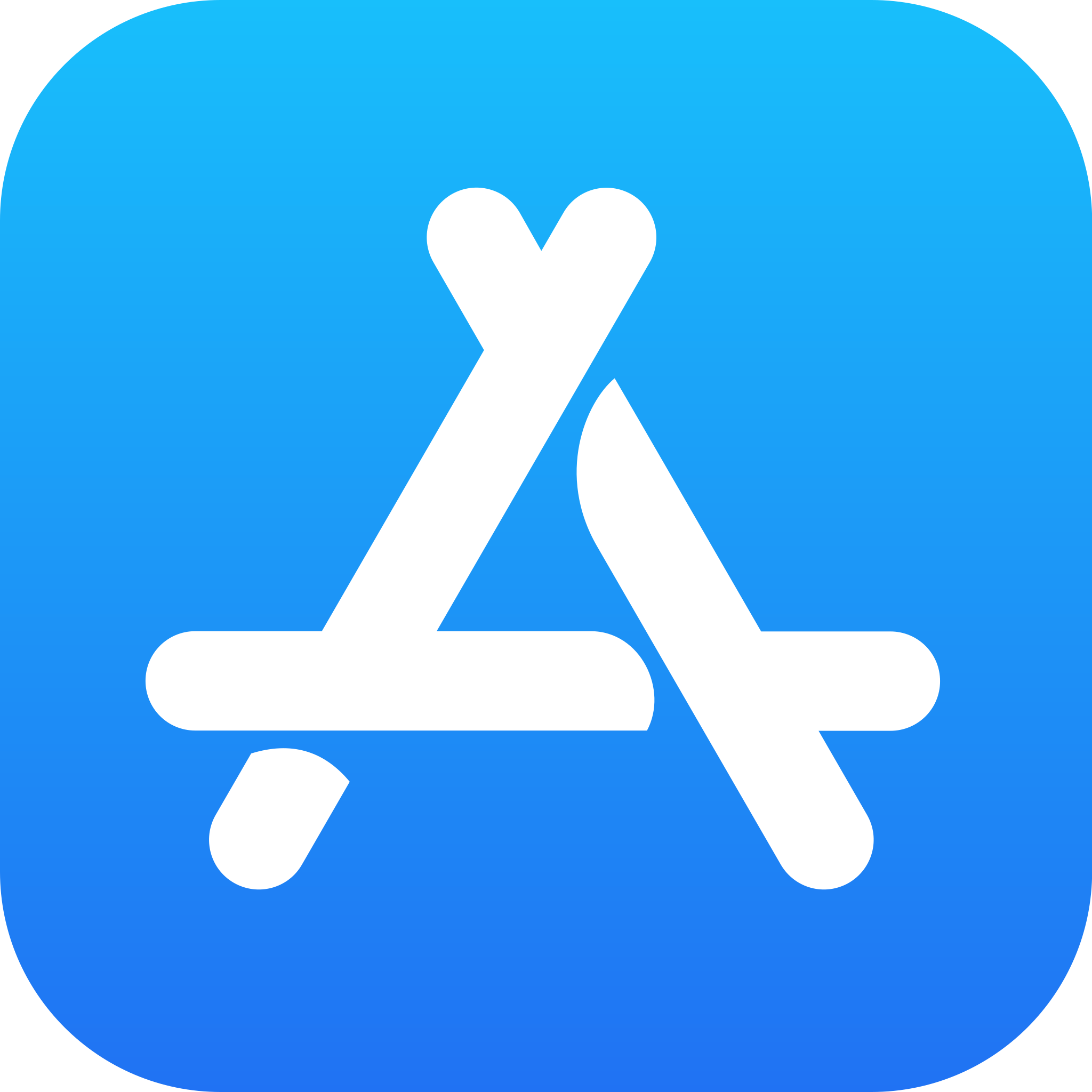





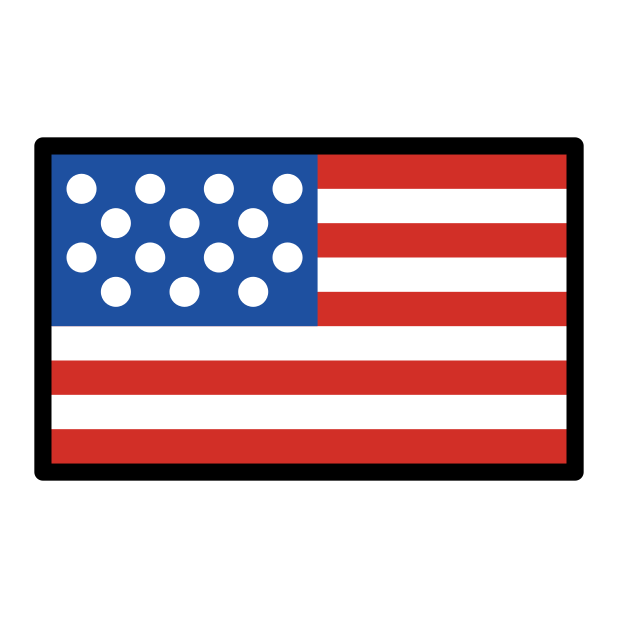

.png/fb452f32-315b-4c1f-8d08-458f649eb50b.png)

.png/49beebe0-5fe0-4102-9815-fa9b3267aca1.png)




.png/948eba05-ea43-4392-b274-d1e9b2d7474a.png)
.png/e14d3fc3-caf7-4cdf-8506-4e075aa15422.png)











